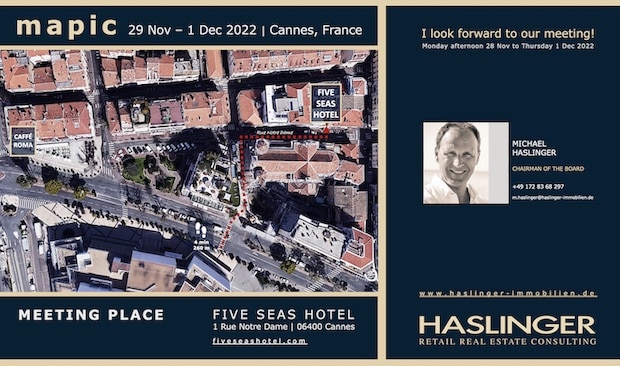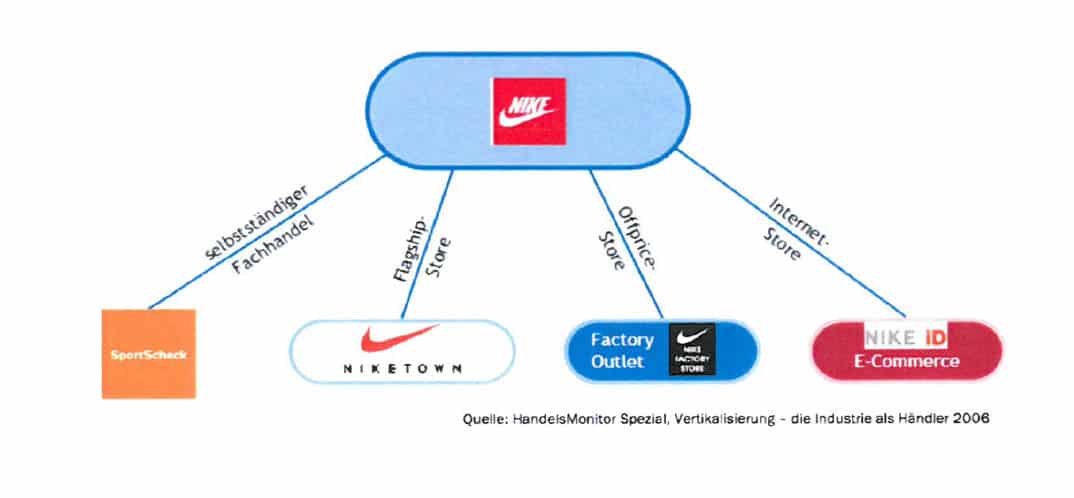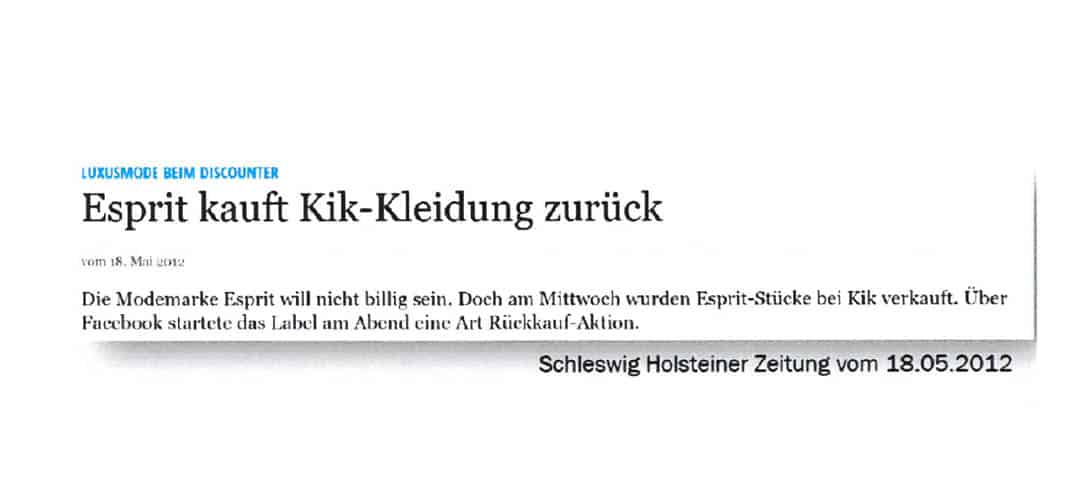The sale of products in outlets has therefore the advantage for brands that the goods can be controlled and can still be presented and sold as a 'brand'. lt is perceived differently in an outlet than in a stationary trade setting. The importance of the 'secured and controlled distribution' for brands increases significantly in outlets. In addition, there is a clear communication or agreement with the other channels of distribution because the retail sensitivity plays an important role. After all, not all retailers are happy if a brand of their product range is sold at an outlet even if it is 50 km or more away.
Consequently almost all brands need to be represented in an outlet sooner or later so that the control over an organised and structured distribution of old goods, second choice products and surplus is guaranteed.
Another bonus is that most brands generate a much higher revenue at an outlet than at in stationary trade. Outlets are very profitable for brands and for many also an important part of their distribution structure. The brand only has to decide which outlet or outlet type is the most suitable for it. Nowadays, there are a number of outlets and outlet types that, apart from their operators, of course, vary in size, number of brands and particularly in their brand genres.
The most important outlets like e.g. the designer outlet in Roermond, Outletcity Metzingen or the Ingolstadt Village were developed over years and have a very distinct mix of brands and sectors. The excellent performance of these centres is due to the premium-, designer and luxury brands among other things. The strategic orientation of the brands is coordinated exactly because the brand and its sustainability for the relevant centre are absolutely paramount.
More specifically, the better known, the more luxurious, the more desirable the brand is and the higher its unique selling point is in comparison to other outlets, the more interesting it becomes for the outlet operator.
The tenant on the other hand only prefers those outlets that are in unison with the image of the brand. The architecture, the catchment area, the number of tourists, the brand variety and the sector of comparable brands are key factors because premium and luxury brands love it when similar brands of the haute couture join in. That way, these brands are among themselves and there is no need for justifying their position against e.g. wholesale or retail sensitivity.
In addition, the customer perceives and associates a brand completely differently in an outlet, so that the brand can benefit from these emotions. In the outlet, the brand is the main focus. lt is the 'star' of the outlet and a lot of money is invested in the marketing for it. You could say: "lf a brand is not represented in an outlet, then it is not a brand."
The stronger a brand is, the more popular it is with outlet operators. On the other hand, the outlet operators are also setting high standards for a brand that it needs to comply with. Since it is not desirable that a brand worsens the average turnover performance.
Therefore, the aim of an outlet has to be to continuously work with the brands so that with their popularity its appeal is increased and thereby the frequencies and, ultimately, the turnover is increased sustainably. The leasing strategy of each outlet centre is ultimately characterised by always dealing with its brands, recognising trends and knowing which sectors and brands will be the market leaders of the future.


